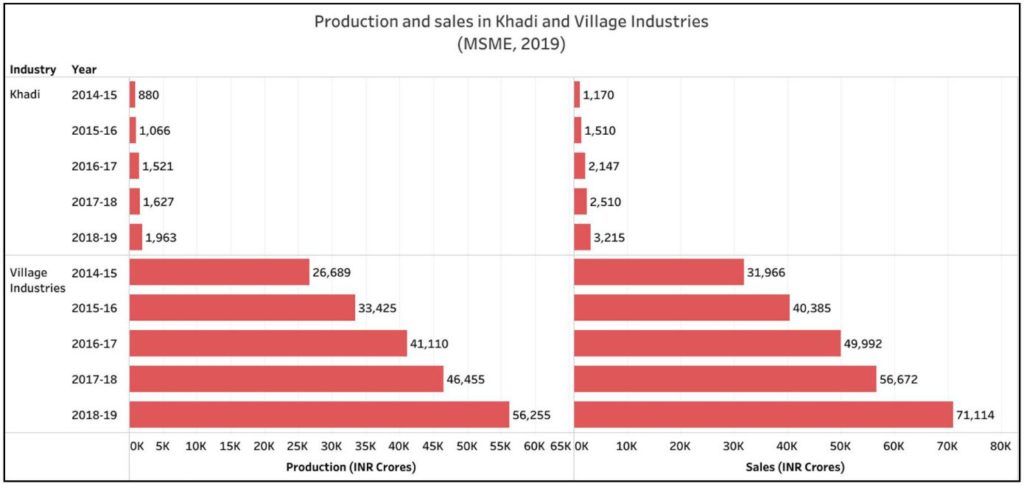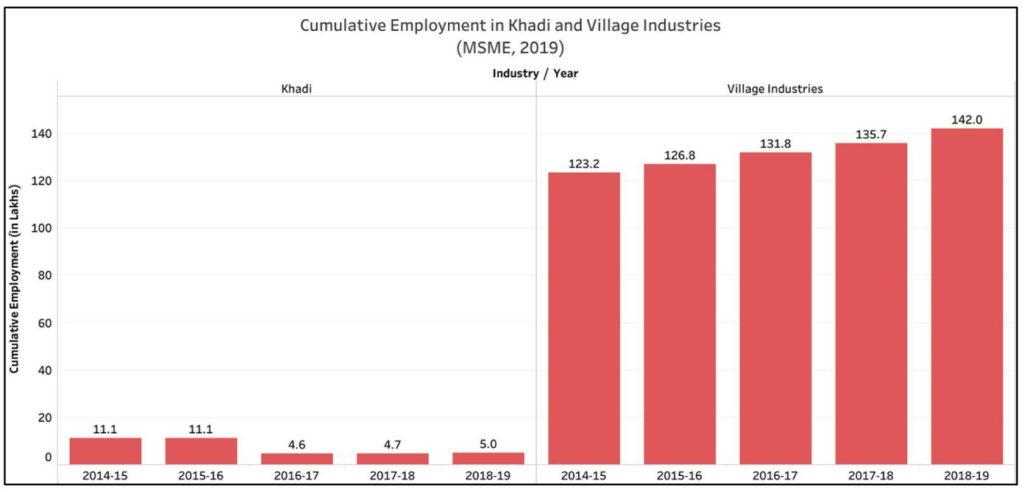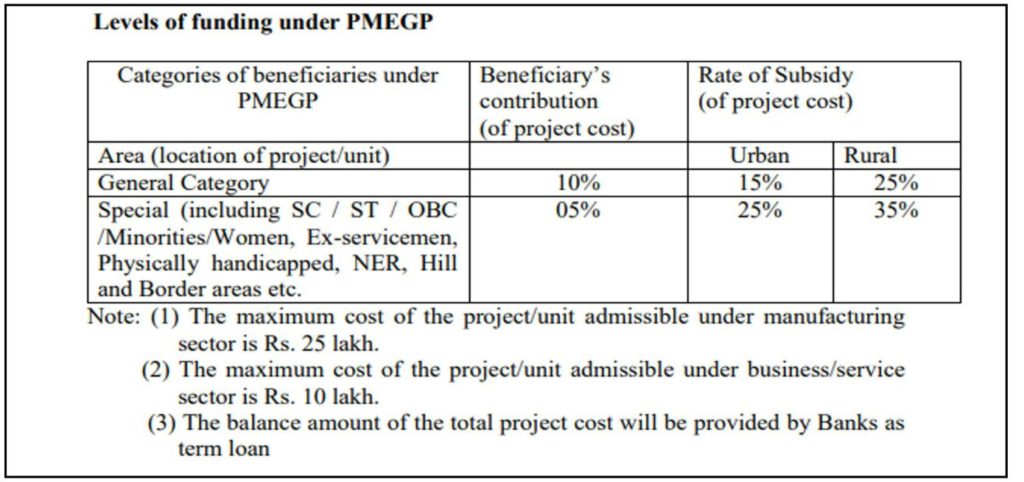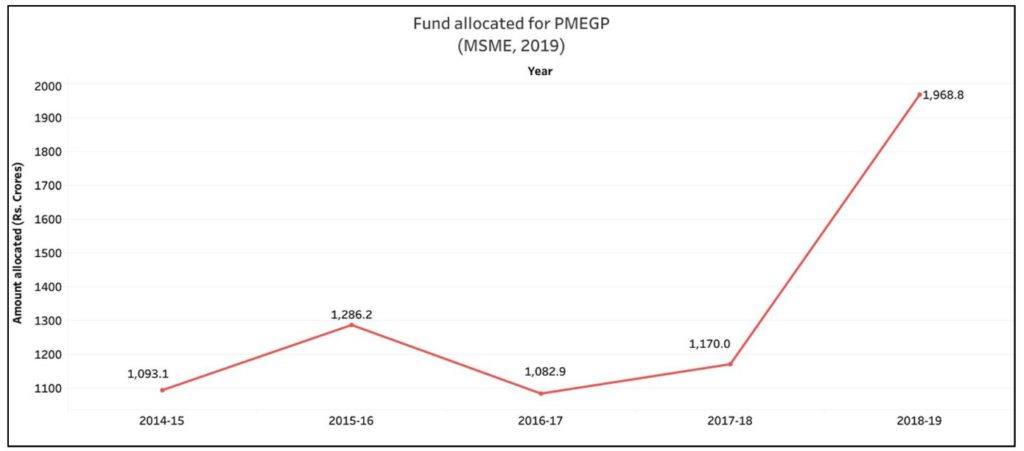[orc]Khadi was a strong symbol of the freedom movement. With machine made garments capturing the market, Khadi lost out. But what does the government do for Khadi promotion or more specifically what is the role of KVIC?
Khadi, also known as ‘Khadar’, is hand woven cotton cloth with hand spun yarn. Not only does it symbolise India’s textile heritage, Khadi has also been associated with India’s freedom struggle against the British. Fearing that Khadi might conquer the textile market in Britain, the colonisers introduced cheap fabrics made with machines in the Indian market. This led to a downfall in the production of Khadi cloth in India which was the source of livelihood for many. Mahatma Gandhi brought Charkha- a traditional wheel used to spin yarn, into the freedom struggle as a symbol of self-sufficiency and Swadesh.
Post-Independence, Government of India did stress on developing rural industries. A statutory body, Khadi and Village Industries Commission (KVIC) was established in 1956 by an Act of the Parliament taking over the work of erstwhile All India Khadi and Village Industries Board (KVIB). But, what is the role of KVIC? This story focusses on KVIC with focus on Prime Minister’s Employment Generation Programme and its performance in the last few years.
KVIC’s prime objective is to encourage self-employment among the rural population
Established with the objectives of generating employment by promoting the sale of merchandise and by instilling strong rural community spirit and creating self-reliance among the poor, KVIC is in charge of conducting programs across rural areas in order to develop Khadi and Village Industries. From sourcing raw materials and equipment required to providing facilities for marketing as well as training artisans and researching in this domain, these tasks fall under the purview of the commission.
KVIC has implemented programs and schemes such as Prime Minister’s Employment Generation Programme (PMEGP), Khadi Programme, Village Industries Programme, Khadi Reform and Development Programme (KRDP), Market Promotion Development Assistance (MPDA) and Scheme of Fund for Regeneration of Traditional Industries (SFURTI) so as to attain its objectives.
Production and sales of Khadi and Village Industries products are increasing every year

From the above chart, it can be inferred that every year production and sales of Khadi as well as other products produced in the Village Industries is increasing. This can also be seen as an increase in demand for Khadi and other traditional village products. The production of Khadi has increased by 123% in the span of five years while the sales have increased by 175% in the same period. Government’s answer in Lok Sabha in July 2019 mentioned that Khadi includes Polyvastra & Solarvastra from 2015-16 onwards. In 2016-17, the production and sales of Khadi products shot up by 43% and 42% respectively. In the case of other products of village industries, production has increased by 111% and sales by 122% during this 5-year period.
There are reports that the uniforms of students in Kendriya Vidyalaya schools across the country may soon be shifted to Khadi. Even CBSE had written to the affiliated schools urging them to observe a ‘Khadi-wearing’ day every month at least.
How many people are employed in Khadi & Village Industries?
Employment in village industries, which is one of the prime objectives of KVIC, has witnessed an increasing trend. The cumulative employment including male and female has been displayed in following chart. The discrepancy in the number of employees’ in 2016-17 in Khadi industry is because of enabling Aadhaar. Out of the total 18.8 lakh additional employment generated in village industries since 2014-15, 33.5% of it was added in 2018-19. It should be noted that 2018-19 data is provisional and is up to 19 June 2019 throughout the story.

PMEGP was launched in 2008 by MSME after merging the erstwhile schemes
PMEGP is a credit linked subsidy scheme which encourages people from both rural and urban areas to set up industries to generate employment opportunities in non-farm sector. The programme was launched in 2008 by the Ministry of Micro, Small and Medium Enterprises after merging the former schemes, the Prime Minister’s Rojgar Yojana (PMRY) and Rural Employment Generation Programme (REGP). Subsidy ranging from 15% to 35% of the project cost is given based on the category and area to which the beneficiaries belong. Special category consists of Women, SC, ST, Physically Handicapped, minorities, Ex- servicemen and other beneficiaries. The maximum project cost should not exceed Rs. 25 lakhs for manufacturing sector and Rs. 10 lakhs for the service sector to be eligible to avail the benefits of the scheme.

KVIC is the single nodal agency responsible for implementing the programme at the national level. At the state level, KVIBs, KVIC Directorates and District Industries Centres are the implementing agencies. Annually, the funds for implementation of PMEGP are released by the Union Government in lump sum to KVIC. No allocation of fund is done state-wise. Funds allocated for PMEGP forms a large portion of the total fund allocated to all schemes being implemented by KVIC. In 2018-19, Rs. 1968.8 crores had been allocated.

2018-19 data suggests that 5.87 lakh employment opportunities were generated in that period under PMEGP
Data provided by MSME Ministry on employment generation and number of projects which have been undertaken with the aid of PMEGP is represented in the following chart. A general trend is not visible. The year 2018-19 has witnessed exceptional increase in employment generation and number of projects as compared to the previous years. This could be primarily on account of a larger fund release in an election year. A total of 73,427 units have been set up generating 5.87 lakhs employment opportunities in 2018-19. It has to be noted that all this data is self-reported by these units and is not cross-verified.

Jammu and Kashmir had the largest number of units set up in 2018-19
The maximum number of units, set up in 2018-19, around 7529 units, were in the then state of Jammu and Kashmir generating an estimated employment of 60,232. Following J&K are the states of Maharashtra (including Dadra and Nagar Haveli), Tamil Nadu and Uttar Pradesh reported more than 5000 units each and employment to more than 40,000 people in each of these states.
PMEGP can be clubbed with other schemes such as MUDRA
Subsidy is now paid directly into the beneficiary’s account through Direct Benefit Transfer (DBT) under PMEGP. The entire process from application to transfer of subsidy to account has been digitalised since 01 July 2016. This has helped in making the system transparent and reduced the interference of middlemen as per government’s response in the Lok Sabha.
PMEGP is different from Pradhan Mantri Mudra Yojana. Under PMMY, no subsidy is given for the loan unless the loan proposal is linked to another government scheme such as PMEGP, in which case, the proposal will be eligible under both. Mudra scheme extends refinance support to banks, micro finance institutions, NBFCs and others which are involved in lending money for income generating activities in non-farm sector.
Conducting exhibitions, signing MoUs with corporates, introducing ‘Khadi Mark’ on products, supplying Khadi to government departments and PSUs, capturing international market and opening new outlets are some other initiatives taken by KVIC to promote the use of Khadi and boost its market.
This year, which marks the 150th birth anniversary of Mahatma Gandhi, will hopefully continue to spur the growth of Khadi.
Featured Image: Khadi promotion by the government



1 Comment
Pingback: Explainer: What does the Government do for Khadi promotion? - Fact Checking Tools | Factbase.us